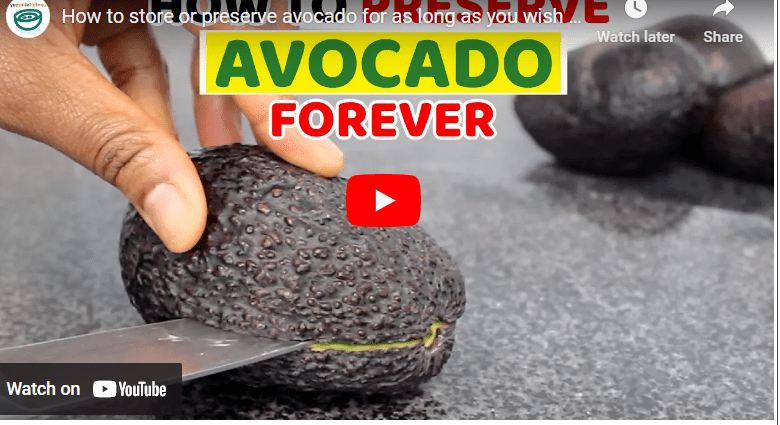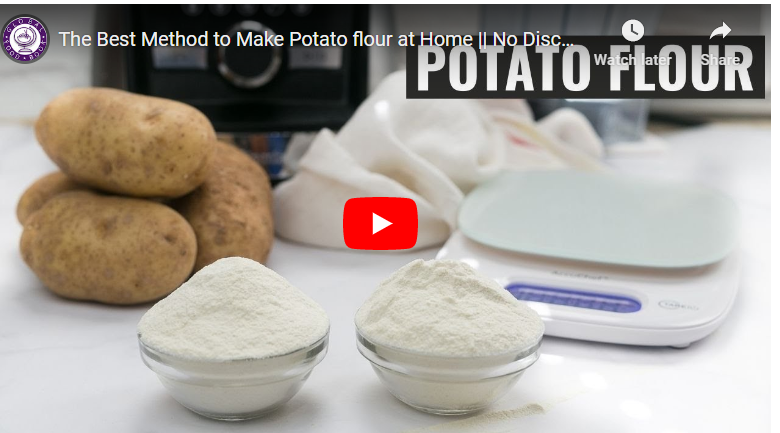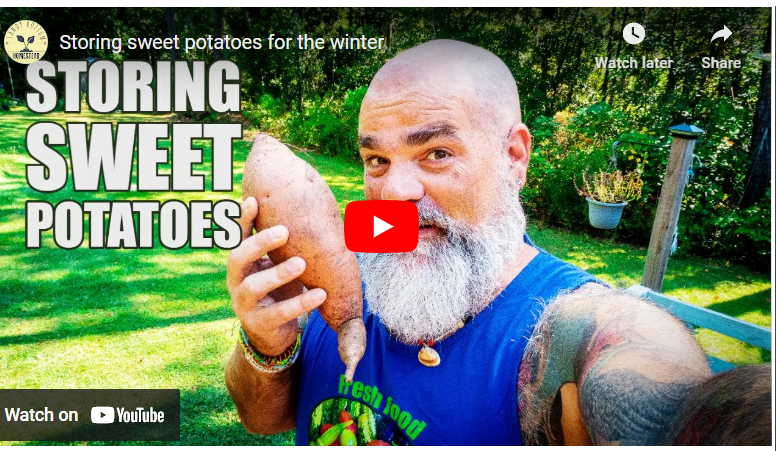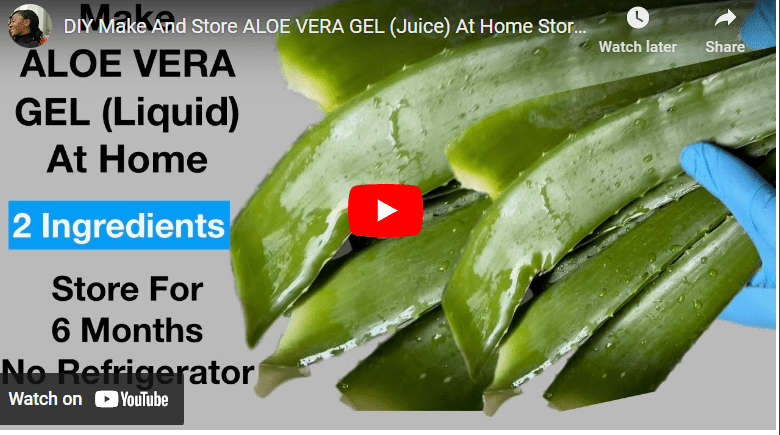Cashew nuts are an incredibly versatile and delicious snack, originating from the cashew tree native to Central and South America. They are known for their sweet and nutty flavor, making them a popular ingredient in many different dishes. Cashew nuts are also a great source of protein, healthy fats, and vitamins.
Processing cashew nuts can be complex, but with the right steps, it is possible to turn raw cashews into delicious and healthy snacks. The cashew nut processing process involves cleaning and sorting the nuts, shelling, drying, roasting, and then grading and packaging them. Each step is essential for producing cashew nuts of the best quality.
How To Process Cashew Nuts
Cashew nuts are distinctive from other nuts due to their kidney-like shape. The cashew nut is encased in a double shell, which must be removed before the processing of the nut can begin.
Read Also: How to Process Millet into Flour
Steps for Processing Cashew Nuts
Follow the steps below to process cashew nuts.
Step 1: Cleaning and Sort the Cashew Nuts
Removing Stones and Debris – Before processing cashew nuts, removing any stones or debris from the cashews is important. This can be done by hand or with the use of a specialized cleaning machine.
Read Also: How To Process Cassava to Garri
Sorting the Cashew Nuts – After the cashew nuts have been cleared of debris, they need to be sorted by size and quality. This is important to ensure that the cashew nuts are of the highest quality and are ready for processing.
Step 2. Collecting Cashew Nuts
The process of collecting cashew nuts begins with harvesting them from the cashew tree. This can be done manually or with the help of specialized machines designed for harvesting.
Read Also: How To Process Coconut Oil
Once the cashew nuts have been collected, they must be sorted and separated from the shells before they can be processed.
Step 3. Removing Shells
Once the cashew nuts have been collected, they must be removed from their shells. This can be done manually or with the help of specialized machines designed for shelling.
The ideal method for removing cashew shells is to crack the shells open with a hammer or a nutcracker.
The shells should then be discarded and the cashew nuts should be placed in a container for further processing.
Read Also: How To Process Maize Into Flour
Step 4. Drying Cashew Nuts
Once the cashew nuts have been shelled, they must be dried before they can be roasted and consumed. There are two main methods of drying cashew nuts; sun drying and machine drying.
Sun Drying the Nuts
Sun drying involves laying the cashew nuts out on a flat surface in direct sunlight for several hours. This will help to remove any moisture from the nuts and make them ready for roasting. It is important to ensure that the nuts are not exposed to too much heat, as this can cause them to burn.
Machine Drying the Nuts
Machine drying involves using a specialized machine to dry the cashew nuts. This machine is designed to rapidly remove moisture from the nuts, while also avoiding any burning or discoloration.
The nuts are placed in the machine and then heated with hot air until all the moisture has been removed. This method is often preferred by cashew nut processors, as it is less time-consuming and more efficient than sun drying.
Read Also: How To Process Okpa Flour
Step 5. Roasting Cashew Nuts
Roasting the cashew nuts is an important step in processing them. It helps to bring out their flavor and enhances the crunchy texture. It also helps to remove any remaining moisture in the nuts and make them more shelf-stable.
There are two different methods of roasting cashew nuts. The first is to roast them in an oven or pan. This method is fairly easy and can be done with a regular oven or stovetop pan.
Simply preheat the oven to 350°F and spread the nuts in an even layer on a baking sheet. Roast them for 8-10 minutes until they are lightly golden. Allow them to cool before moving to the next step.
Read Also: How To Process Palm Kernel Oil
The second method is to roast the cashew nuts in a machine. This method is slightly more complicated but can yield excellent results. There are a variety of machines available for roasting cashew nuts, each of which has its own instructions and settings.
Generally, the nuts are heated at high temperatures for a few minutes until they are golden brown. Care should be taken to not over-roast the nuts, as this can make them bitter. Once the nuts have been roasted, they should be cooled before moving on to the next step.
Read Also: How To Preserve Spring Onions For Long Time Storage
Step 6. Peeling off the Inner Shell
After roasting, the inner shell should be removed. It is important to be extremely gentle when peeling away the inner shell, as whole cashews are more valuable than broken pieces. Thankfully, the process is relatively safe as no acids or hazardous oils are within the inner shell.
Step 7. Grading and Packaging Cashew Nuts
After the cashew nuts have been roasted, they must be graded. The ideal method for grading cashew nuts is to inspect them visually and separate them according to size, shape, and color.
Read Also: How to Preserve Yam for Long-Time Storage
The cashew nuts should then be placed in separate containers according to their grade before they can be packaged or sold.
After grading, the cashew nuts are properly packaged in airtight containers or bags. This helps to ensure that the nuts remain fresh and protected from any external damage.
Read Also: How To Preserve Watermelon For Long Time Storage
Depending on the type of product, the nuts can be packaged in bags, boxes, cans, or other containers. It is important to ensure that the packaging is properly sealed to prevent any contamination or spoilage.
Industries that Require Processed Cashew
Processed cashew is an important and versatile ingredient used in a variety of industries. From the food industry to the manufacturing sector, processed cashew is used to make a wide range of products.
Read Also: How To Preserve Water Leaf For Time Storage
In addition to being a great source of healthy nutrients, it is also an affordable and sustainable resource for many businesses.
The food industry is one of the most common users of processed cashew. It is often used as a base ingredient in a variety of snacks, desserts, and other food products. For example, it is commonly used to make cashew butter, which is a popular spread used on toast and other foods. Cashew butter is also a great source of healthy fats and protein, making it a great choice for a balanced diet.
Read Also: How To Preserve Vegetables For Long Time Storage
In the manufacturing sector, processed cashew is used to make a variety of products. It is often used as a base ingredient in the production of plastics, adhesives, and other materials.
It is also used to make cashew-based cosmetics, such as shampoo, conditioner, and body lotions. These products are known for their luxurious feel and long-lasting results.
Read Also: How To Preserve Tiger Nut For Long Time Storage
The pharmaceutical industry also makes use of processed cashew. It is used to make a variety of medicines, such as pain relievers and anti-inflammatory drugs. Cashew extract is used in many oral medications and is also used to treat a variety of skin conditions.
Finally, the automotive industry also uses processed cashew. It is used to make a variety of components for vehicles, such as door panels, seat cushions, and other parts. Cashew oil is also used in the making of car wax and other automotive products.
Read Also: How To Preserve Sweet Potatoes For Long Time Storage
Where to Sell Processed Cashew
If you are looking to sell processed cashew, there are a variety of options available. One popular choice is to sell processed cashew online through retail websites that specialize in selling all types of nuts.
You can also consider selling processed cashew at local farmers’ markets and festivals, as customers attending these events are usually looking for high-quality products.
Read Also: How To Preserve Scent Leaf For Long Time Storage
Additionally, you can approach local retailers, such as health food stores and specialty markets, to sell processed cashew in bulk or in smaller quantities.
Finally, you can also sell processed cashew directly to restaurants and other food service establishments.
Read Also: How To Preserve Ripe Plantain For Long Time Storage
Benefits of Processing Cashew Nuts
You may not immediately associate cashew nuts with health benefits, but you may be surprised to learn about their impressive nutritional profile.
From providing essential minerals to promoting healthy skin, processing cashew nuts can provide numerous health benefits.
Read Also: How To Preserve Rice from Weevils
For starters, cashew nuts are a great source of essential minerals, including magnesium, phosphorus and manganese. Additionally, cashew nuts are a good source of iron, which helps the body create new blood cells.
Processing cashew nuts can also be beneficial to your skin. The natural oils in cashew nuts are rich in vitamin E, which can help protect the skin from environmental damage, such as pollutants and ultraviolet radiation.
Read Also: How To Preserve Onions For Long Time Storage
Cashew nuts are also high in protein, which can help repair and build muscle. Protein is also essential for maintaining healthy hair, skin, and nails. And, because cashew nuts are relatively low in calories, they can be a great snack option when trying to maintain a healthy weight.
Read Also: How To Preserve Okra For Long Time Storage
Tips for Successful Cashew Nut Processing
Successful cashew nut processing requires careful planning and preparation. Here are a few important tips to help you get started:
- Start with quality raw materials. Ensure you source your cashew nuts from a trusted supplier who can guarantee quality and freshness.
- Invest in the right equipment. Invest in high-quality equipment for sorting, grading, shelling, and roasting.
- Understand the process. Familiarize yourself with the cashew nut processing process, from sorting and grading to shelling, roasting, and packaging.
- Maintain a strict quality control system. Monitor the processing from the beginning to the end, and ensure all processes are followed to ensure consistent quality.
- Keep a clean and hygienic working environment. Make sure all surfaces, equipment, and storage areas are clean and hygienic.
- Adopt the right storage methods. Store your cashew nuts in a cool, dry place and make sure they are stored away from moisture and heat.
- Invest in the right packaging materials. Use the right packaging materials to ensure your cashews stay fresh and safe until they are consumed.
- Keep up with trends. Stay on top of the latest trends in cashew nut processing and adjust your processes accordingly.
Read Also: How To Preserve Oha Leaves For Long Time Storage
Challenges of Processing Cashew Nuts
Processing cashew nuts can be an incredibly rewarding experience, as it offers a great deal of potential for both small and large-scale businesses. However, there are many challenges that must be navigated in order to ensure a successful outcome.
One of the most significant challenges of processing cashew nuts is the potential for contamination. Cashew nuts must be processed in a clean and sterile environment in order to ensure that they are free from any potential contaminants.
Read Also: How To Preserve Green Peppers For Long Time Storage
This can be difficult to maintain, particularly in small-scale operations where it is difficult to ensure the same level of cleanliness and sanitation.
Another challenge is the need for specialized equipment. Cashew nuts must be processed using specific equipment, such as roasting machines, shelling machines, and grinding machines. These machines can be costly, and are not always readily available, particularly in developing countries.
Read Also: How To Preserve Kiwi For Long Time Storage
Finally, it is important to ensure that the cashew nuts are stored properly in order to maintain their quality and freshness. Cashew nuts are sensitive to light, moisture, and heat, so it is important to store them in a cool, dry, dark environment.
This can be difficult to achieve in certain climates and can make it difficult to maintain the shelf-life of the product.
Read Also: How To Preserve Locust Beans For Long Time Storage
Where to Get Cashew Nuts
You may have heard of cashew nuts and wondered where you can get them. Well, you’re in luck! Cashew nuts are widely available in many grocery stores and health food stores around the world.
In the United States, you can find cashew nuts in most major grocery stores like Walmart, Target, and Whole Foods. You can also find them in many specialty health food stores, including Sprouts, Trader Joe’s, and Natural Grocers. Additionally, you can find cashew nuts online from many online retailers, such as Amazon, Thrive Market, and Vitacost.
Read Also: How To Preserve Green Peas For Long Time Storage
In addition to grocery and health food stores, you can also find cashew nuts at many farmers’ markets and local retailers. Many smaller stores carry a variety of nuts and seeds, including cashew nuts. If you’re looking for a more international selection, try looking for Asian, Middle Eastern, or Latin American markets.
Cashew nuts are also widely available in specialty stores, such as those that specialize in vegan, raw, or gluten-free food. These stores often have a more diverse selection of nuts and seeds, including cashew nuts.
Read Also: How to Preserve Irish Potatoes For Long Time Storage
Finally, if you’re looking for the freshest cashew nuts, you can purchase them directly from farmers and producers. You can often find them at farmers markets and through online retailers that specialize in selling direct-from-farm products.
How To Process Cashew Nuts At Home
You can easily process cashew nuts at home with a few simple steps. Firstly, you need to buy raw cashew nuts that are free of shells.
Then, you need to lightly roast the cashews in a dry pan to enhance the flavor. Once roasted, let the cashews cool and then place them in a sealed container.
Read Also: How To Preserve Jackfruit For Long Time Storage
Next, you need to remove the shell of the cashews. Cashews have a soft shell, so it can be easily removed by hand. Be careful while removing the shell as the nut can be damaged if you’re too aggressive.
Once the shell is removed, you’ll need to remove the skin to further process the nut. This can be done by lightly soaking the nuts in warm water for about 10-15 minutes. After soaking, the skin can be easily peeled off.
Read Also: How To Preserve Lettuce For long Time Storage
Once the cashew nuts are de-shelled and de-skinned, you can roast them again in a dry pan for a few minutes. This will enhance the flavor and aroma of the nuts.
To finish the process, you can season the cashew nuts with salt or other spices. You can also coat them with honey or syrup to give them a sweet flavor.
Once the cashew nuts are seasoned, you can store them in an airtight container and consume them whenever you want.
Read Also: How To Preserve Green Beans For Long Time Storage
Cashew Processing Cost Per Kg
You want to know the cashew processing cost per kg? Well, it is not a fixed cost and can vary significantly depending on the size of the processing unit, the type of equipment used, and the type of cashews being processed. Generally, the cost of processing one kg of cashews is estimated to be around $50 to $300. This cost includes the cost of shelling, sorting, grading, packing, and labeling the cashews.
How To Process Cashew Nuts Small Scale
You may be wondering how to process cashew nuts on a small scale. With the right equipment and knowledge, you can have delicious, home-processed cashews in no time.
The first step is to get your raw cashews, which can be purchased from a local grocery store. Then, you will need to remove the shells. This can be done using a hammer or nutcracker. Alternatively, you can also use a machine specifically designed for shelling cashews.
Once the shells are removed, you will need to remove the cashew skins. This can be done by soaking the nuts in hot water for 10-15 minutes. Then, you can rub off the skins with a towel.
Next, you will need to dry the cashews. This can be done by spreading the nuts out on a baking sheet and baking them in the oven for 15-20 minutes at 350 degrees Fahrenheit. Once finished, you can let the cashews cool for a few minutes before transferring them to a food processor.
In the processor, you can pulse the nuts until they are ground into a flour-like consistency. If desired, you can also add salt and spices.
Once finished, you can store your freshly processed cashews in an airtight container. Congratulations.
Cashew Nut Peeling Process
Cashew nuts are peeled by first steaming them to soften the shell and then the nuts are removed from the shell. The nuts are then immersed in hot water to loosen the skin, which is then peeled off with the help of a blade or knife. Finally, the peeled nuts are sieved and dried.
Cashew Nut Processing PDF
Cashew nut processing is a complex process that involves numerous steps. It starts with the sorting, shelling and roasting of the nuts, followed by the removal of the outer skin, grading and packaging. A PDF document can be found online that explains the entire process in detail.
Cashew Harvesting Burns
Cashew harvesting burns are a painful but common occupational hazard for cashew nut workers. The toxins on the shells can cause burning skin and blisters, leading to permanent scarring. The only way to prevent this is to wear protective gloves while harvesting.
Conclusion
Processing cashew nuts is a straightforward and rewarding process. It requires careful handling, cleaning, shelling, drying, roasting, and grading before the nuts are ready for packaging and consumption. With the right equipment and knowledge, processing cashew nuts can be a simple and rewarding experience.



